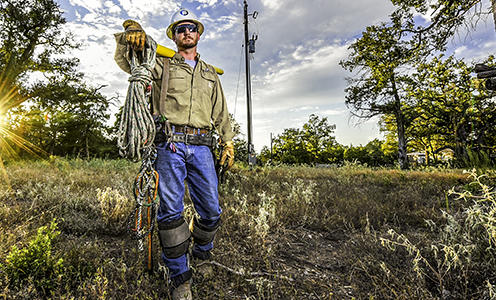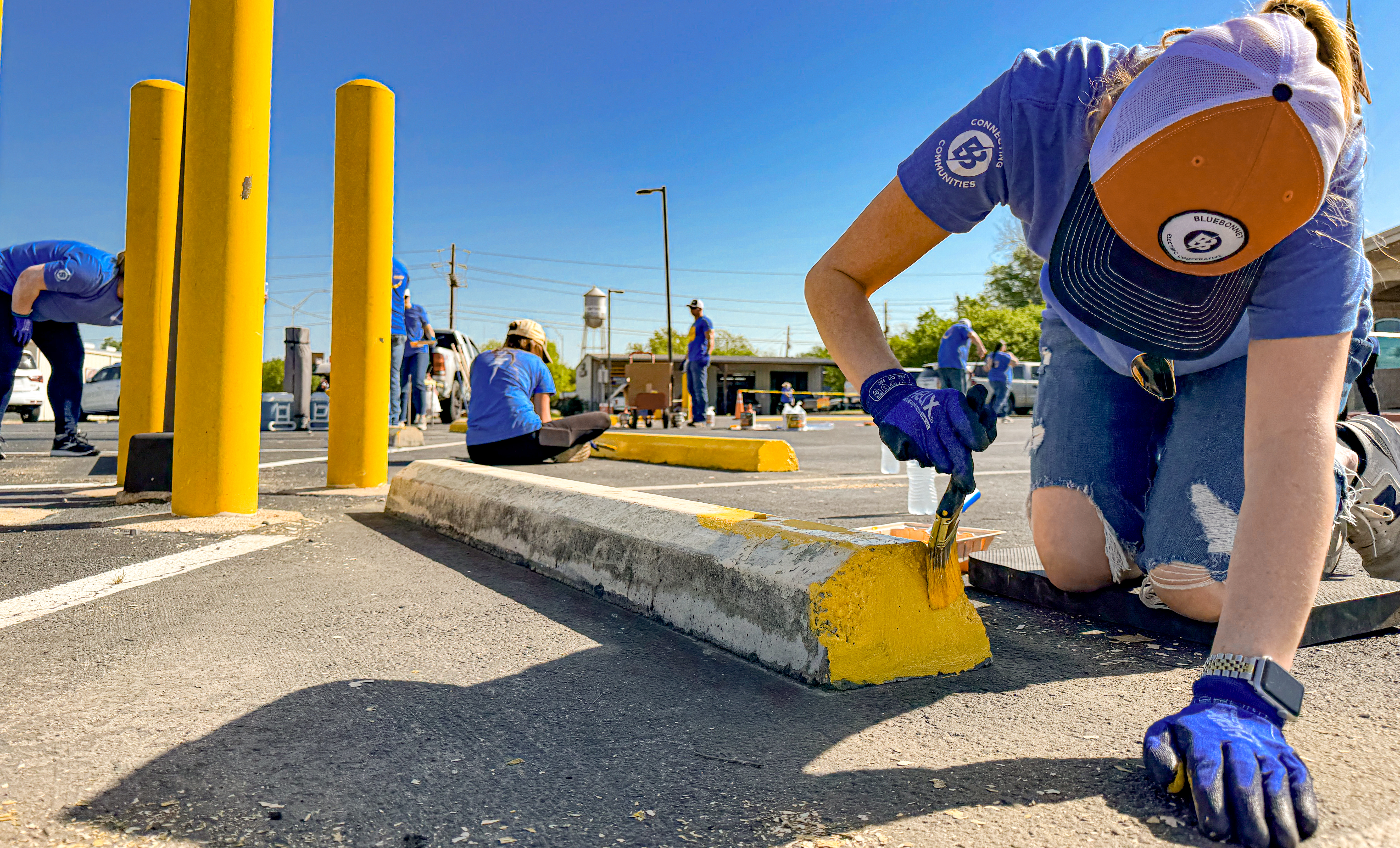The cooperative way
Recent news
Bluebonnet is celebrating 85 years of service. Join us as we honor our past and plan for the future.
Since 1939, Bluebonnet has provided safe, reliable and affordable electric service to its fast-growing membership. Throughout the year, join us in celebrating this milestone as we honor our past and plan for the future.
For 85 years, Bluebonnet Electric Cooperative has provided power to members and communities in Central Texas. Bluebonnet originally served 1,468 members through 646 miles of power line. Today, the cooperative powers more than 133,000 meters with nearly 13,000 miles of line. In those early years, Bluebonnet’s dedicated men and women were passionate about making members’ lives better. That work ethic and commitment to the cooperative’s communities has never wavered.
Time has brought remarkable changes to Bluebonnet’s region. Populations have boomed and economies diversified. Many members carry on the tradition of farming and ranching, some following in the footsteps of previous generations, others for the first time. Communities once anchored by agriculture, or the oil and gas industry, now are home to a diverse mix of retail, commercial and industrial businesses.
Today, Bluebonnet is stronger, faster, more efficient and more reliable than ever. It has kept pace with growth using new technology and tools to improve and expand its electric system and service. Members can pay bills and monitor their electric use through the cooperative’s website or mobile app at any time. Technology allows Bluebonnet’s control center operators and lineworkers to identify outages and restore power quickly and safely. Member service representatives can rapidly answer questions and resolve concerns, in person or by phone. Safe, reliable, affordable electricity and excellent service are as important to Bluebonnet employees today as they were in August 1939. Members can trust that the cooperative will continue to uphold those commitments. It is the best way Bluebonnet can honor the legacy of its members, its workers and the communities it serves.
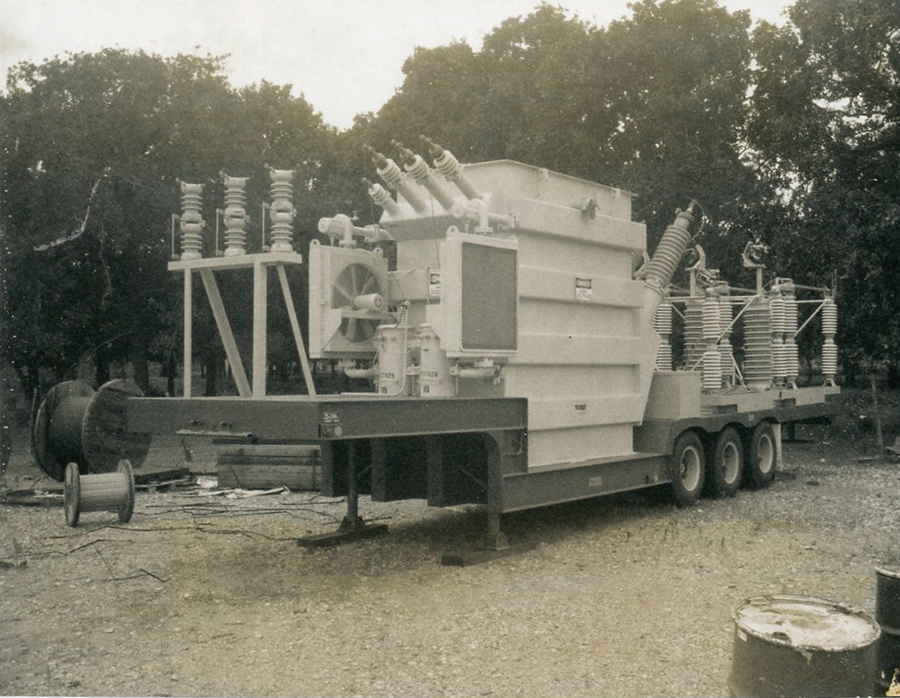
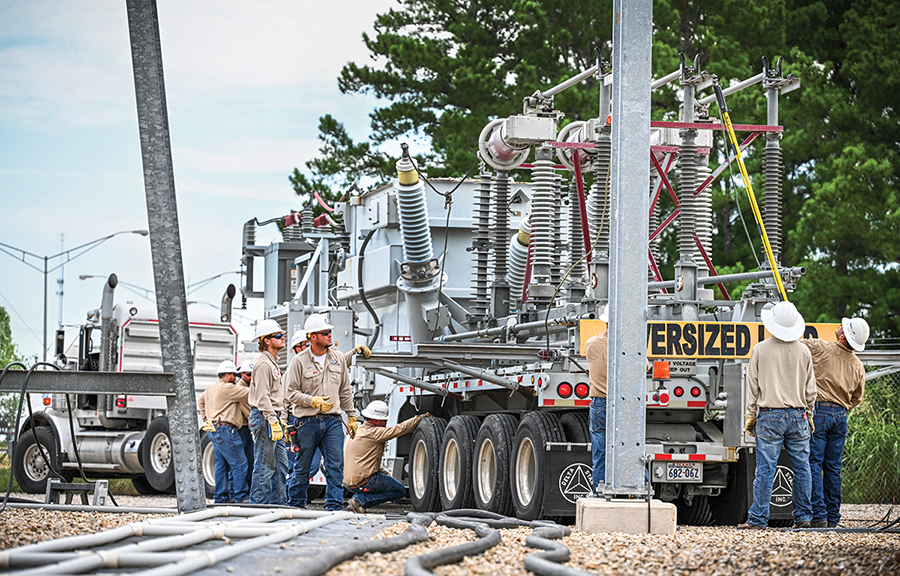
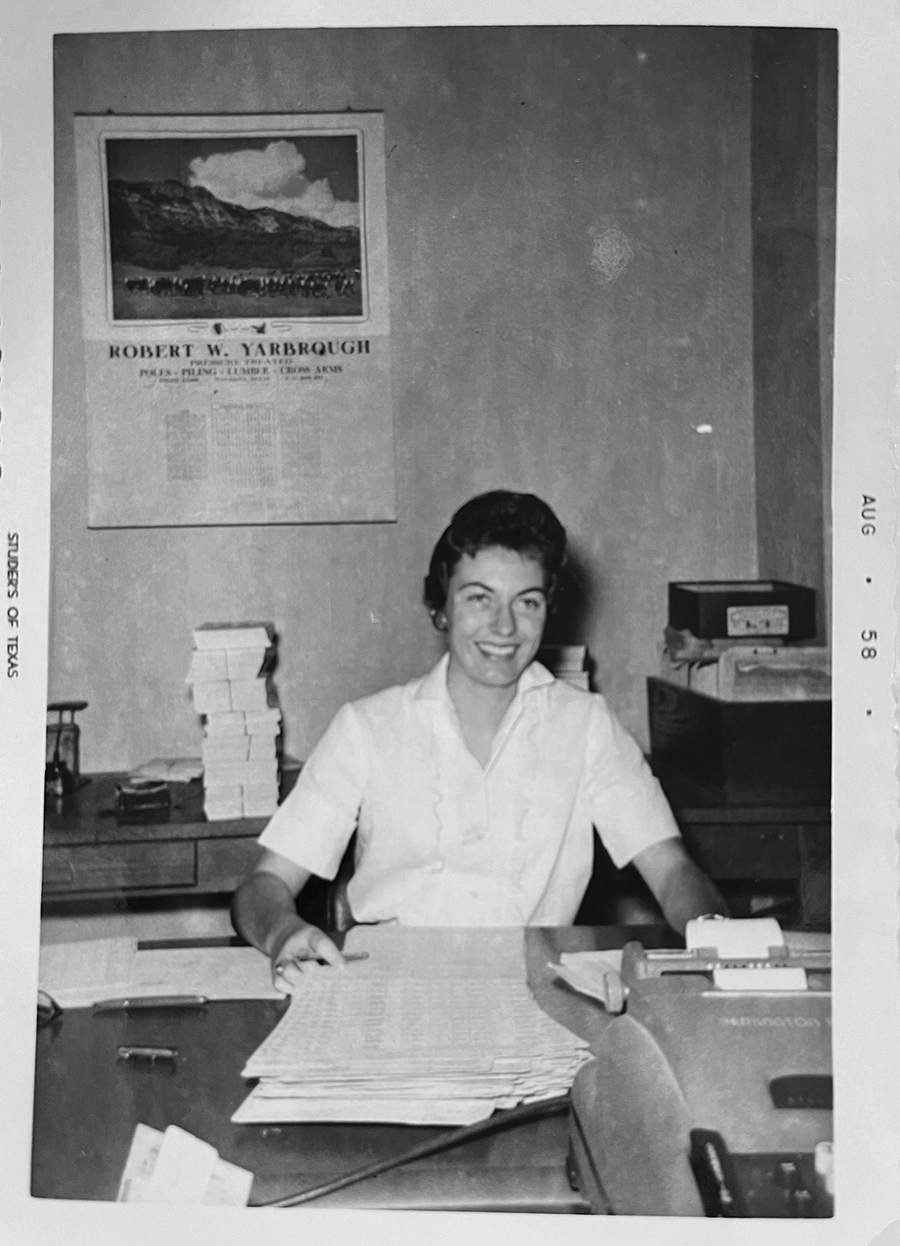

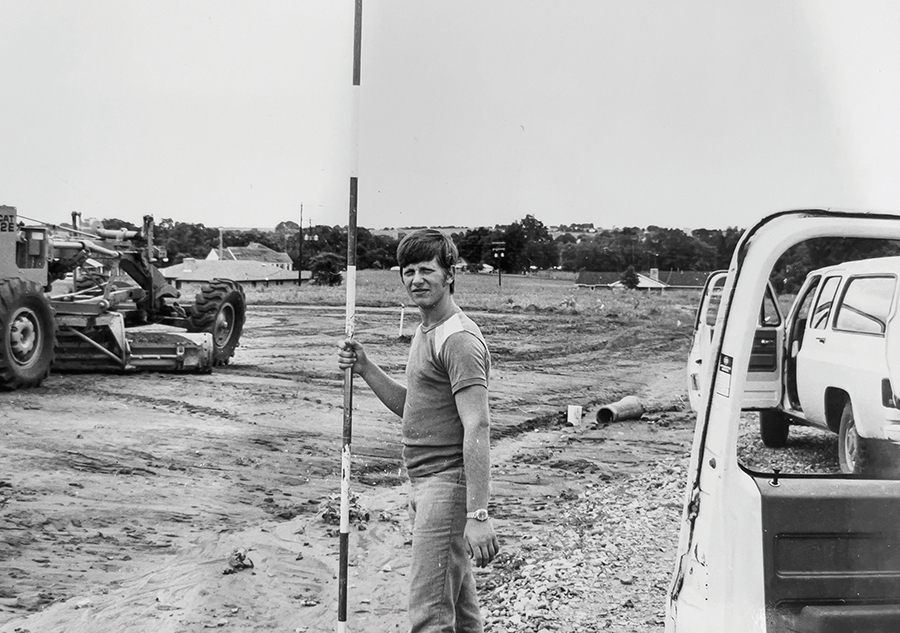
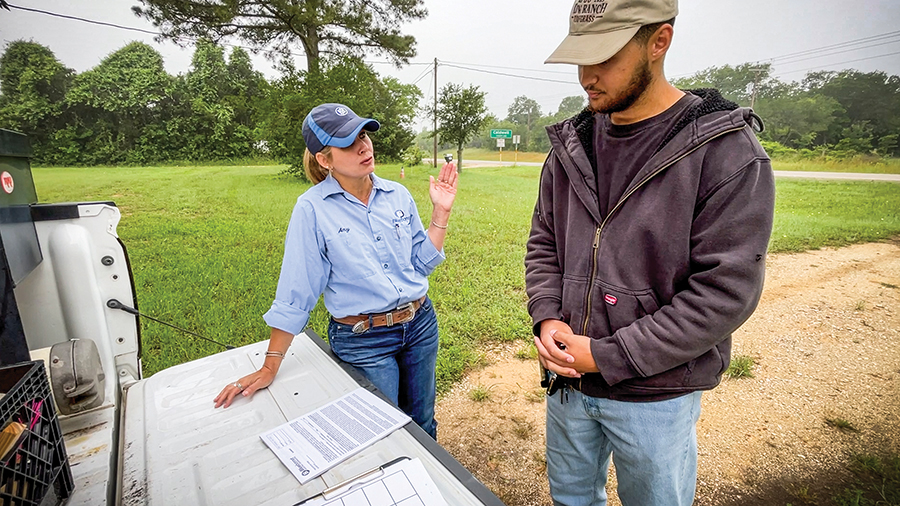
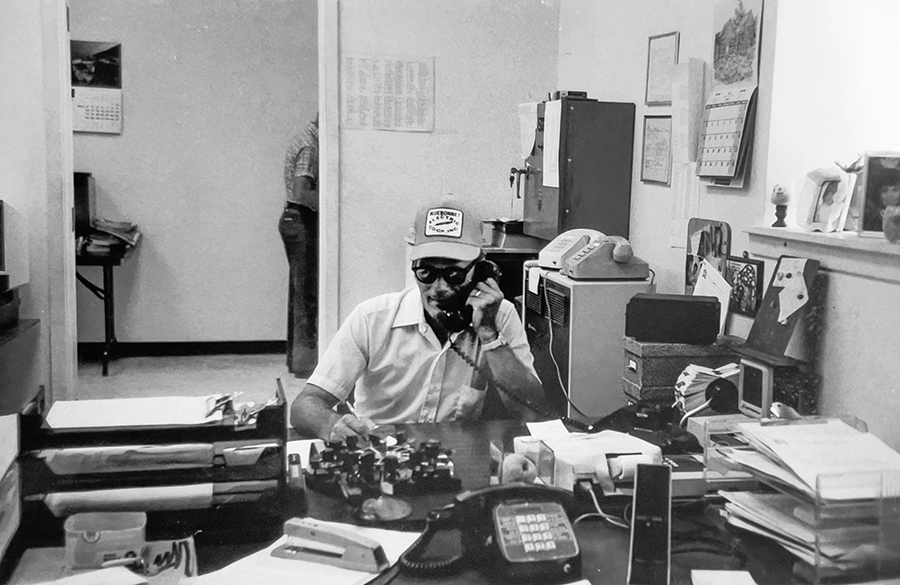
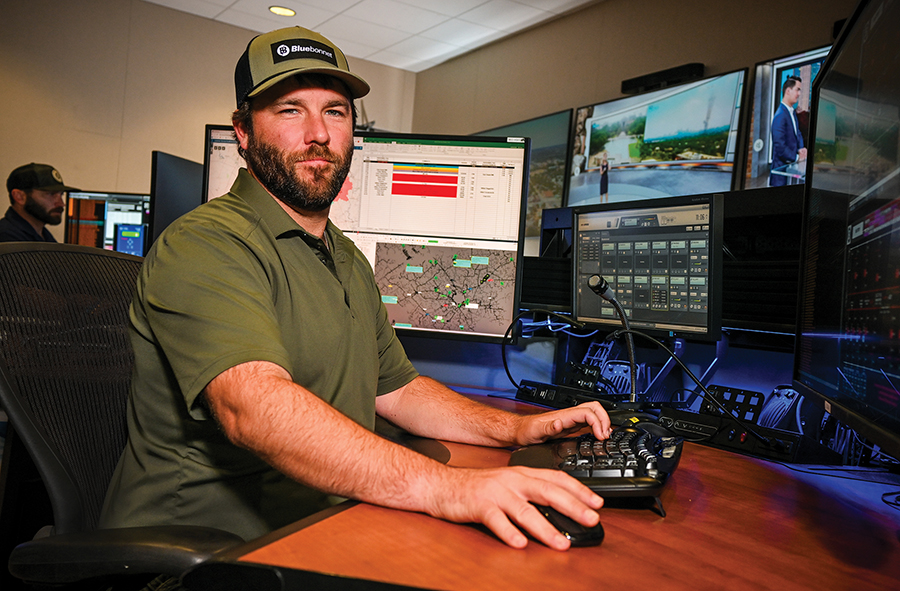
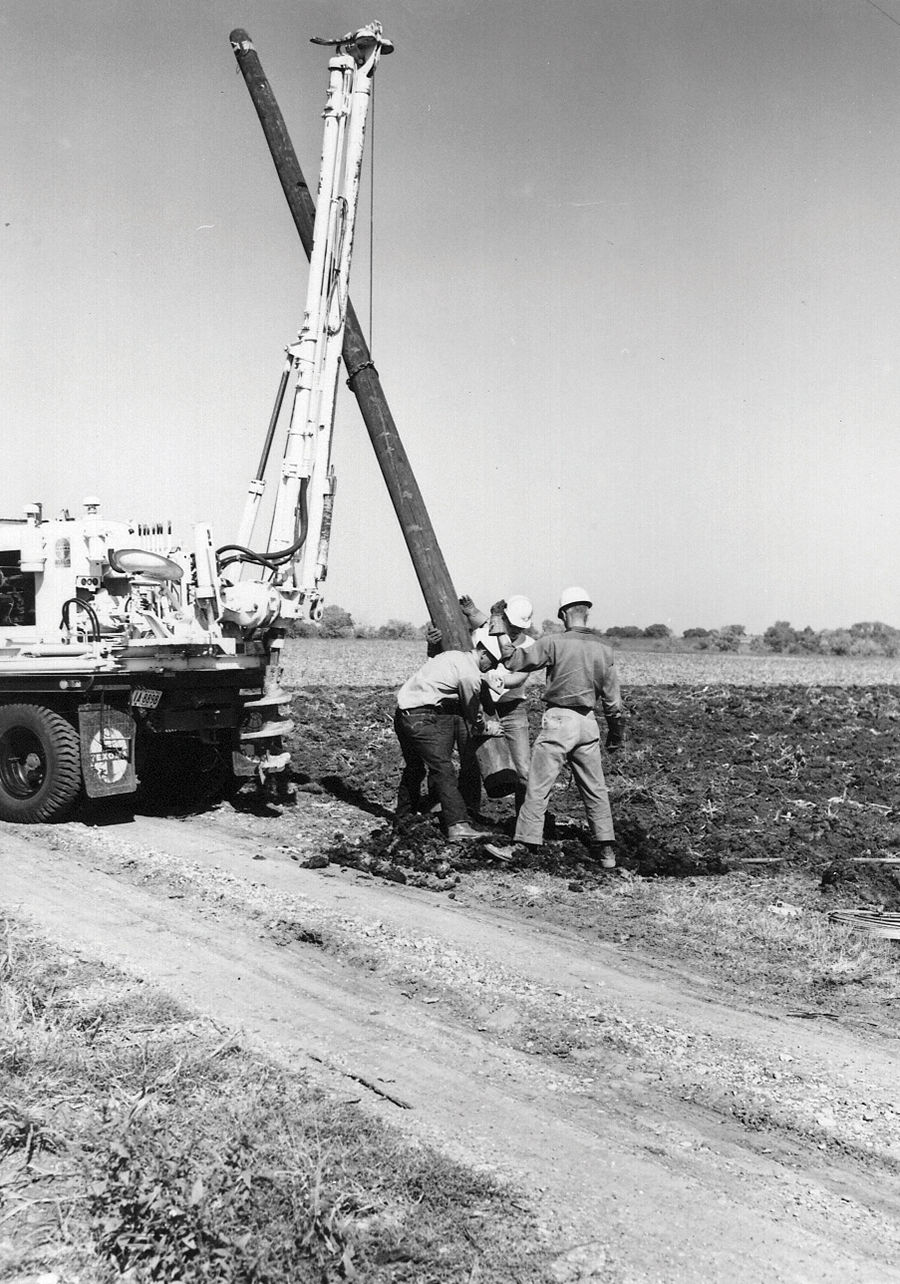
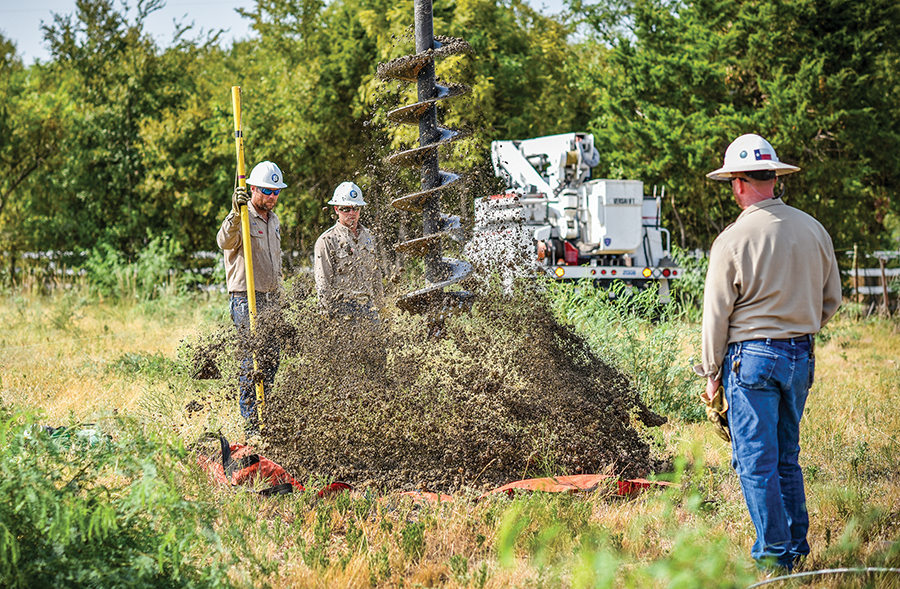
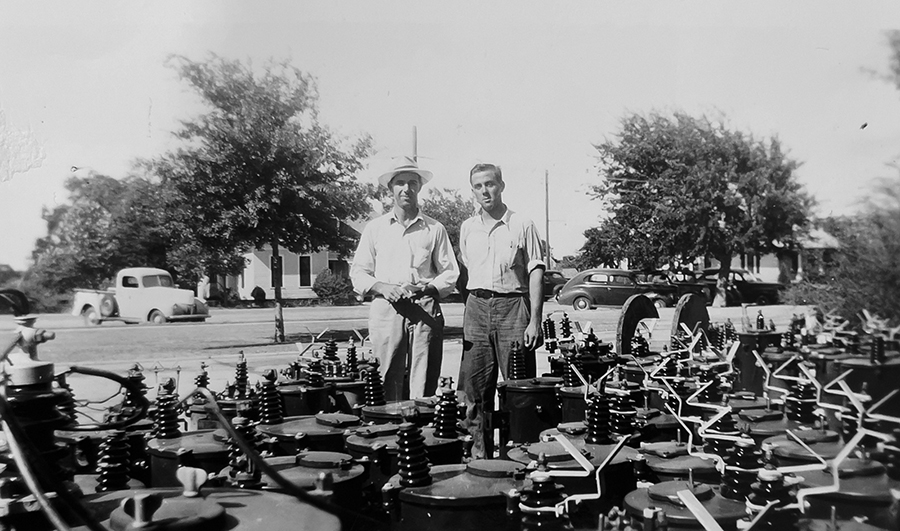
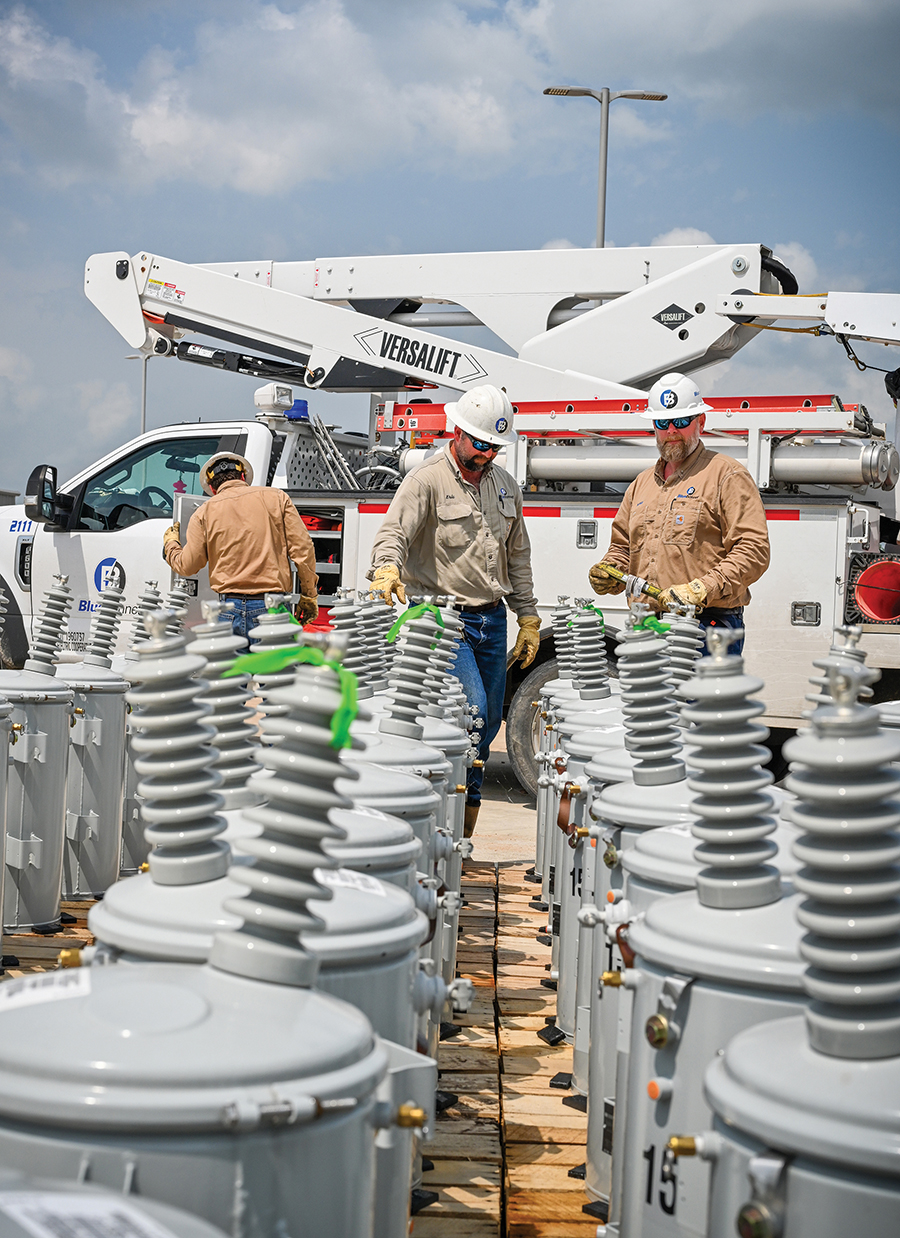
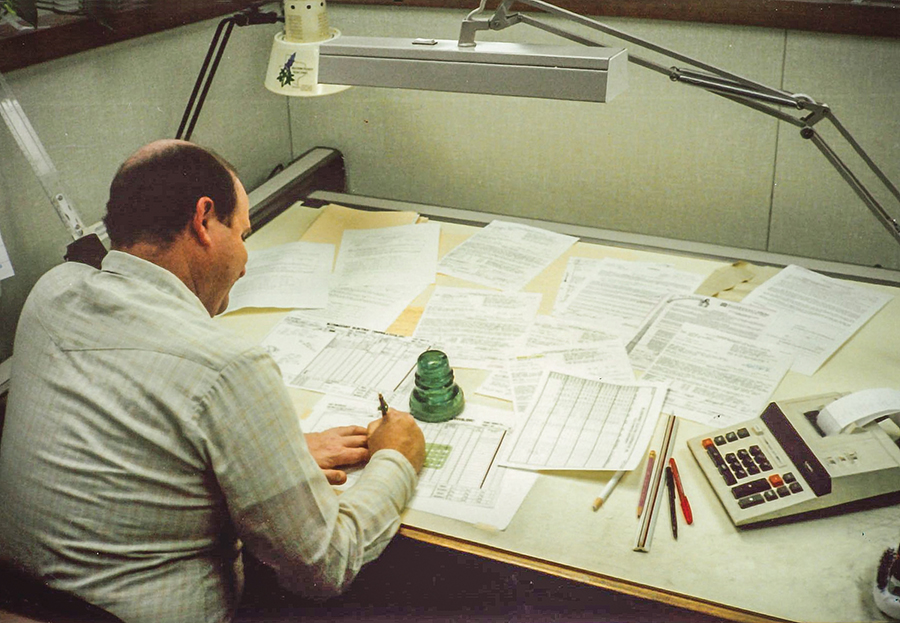
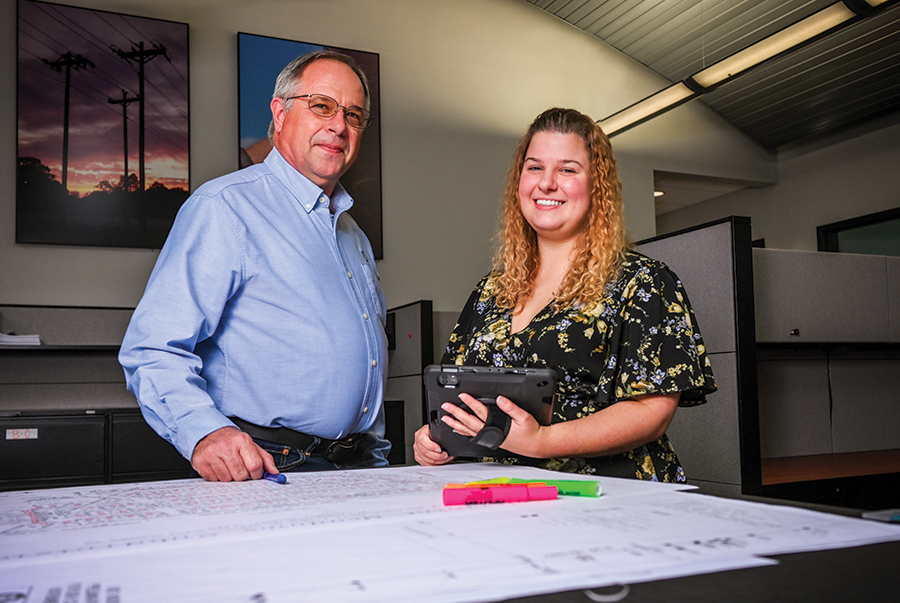
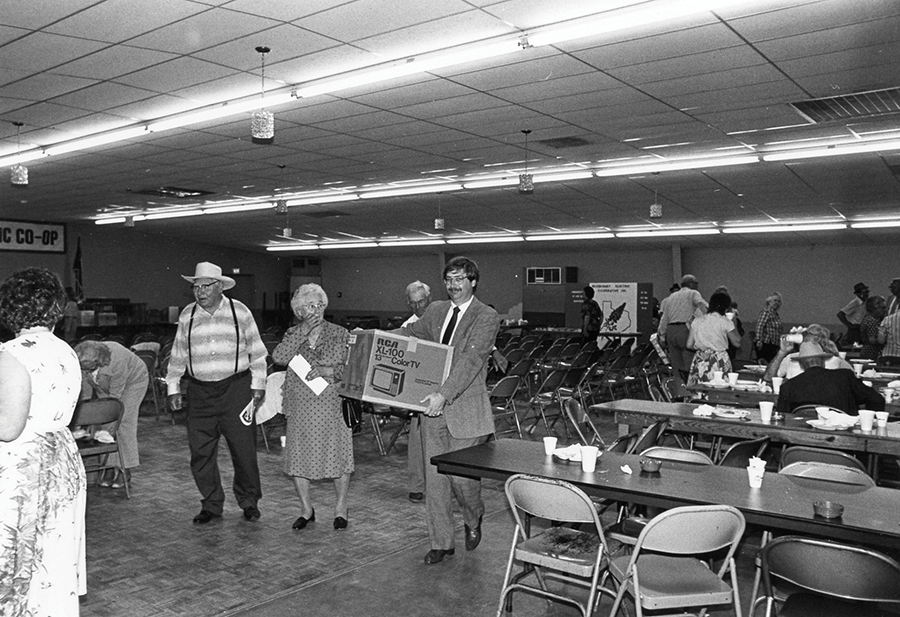
carries a 13-inch RCA color TV to the vehicle of Emma Canik, a co-op member from Giddings.
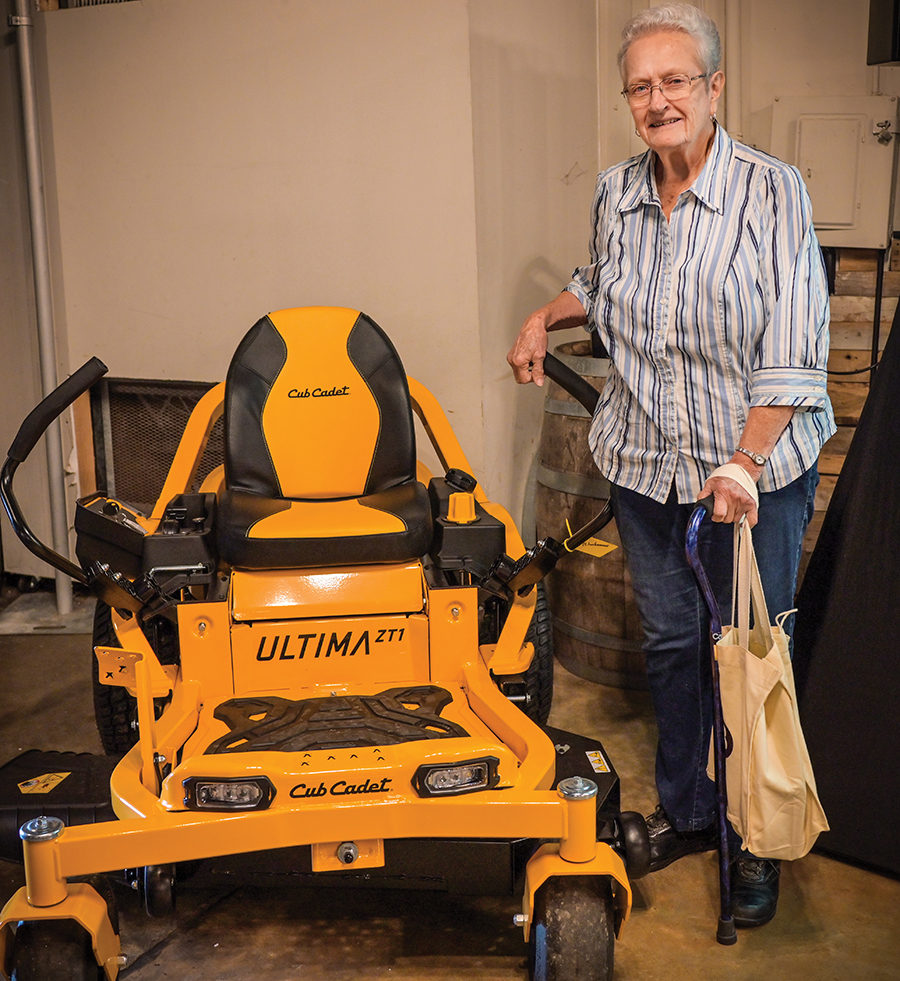
Drews says she has attended 21 Annual Meetings and this was the first time she won a prize.


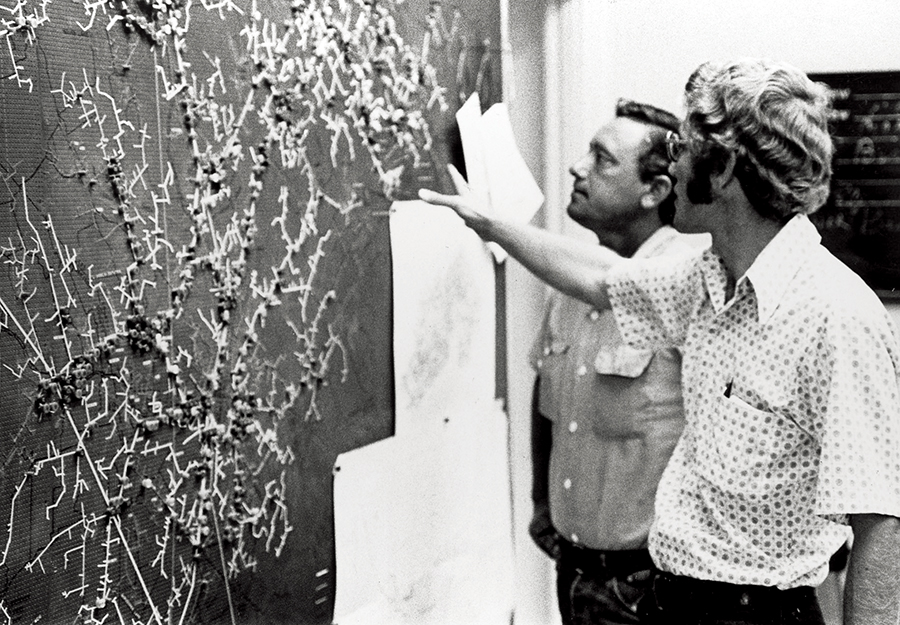
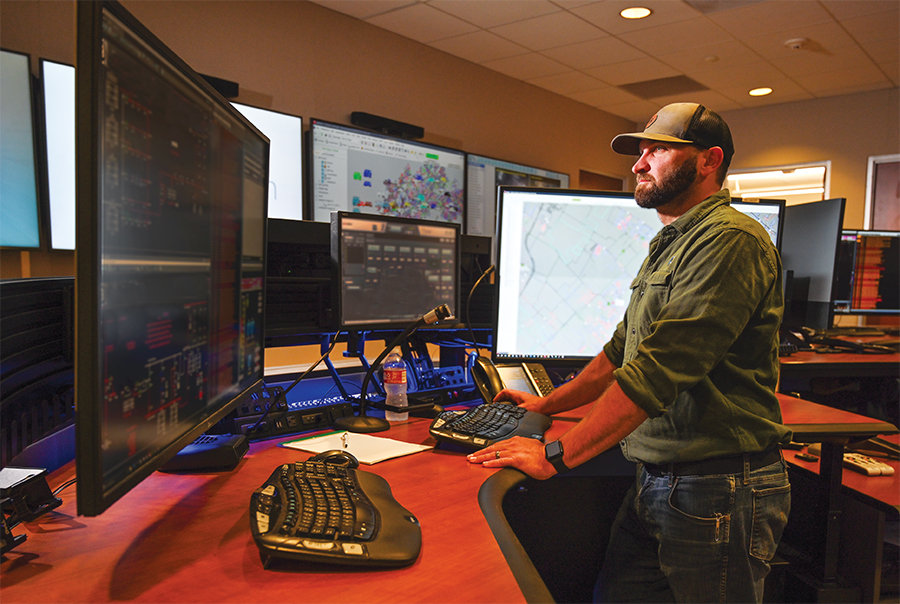
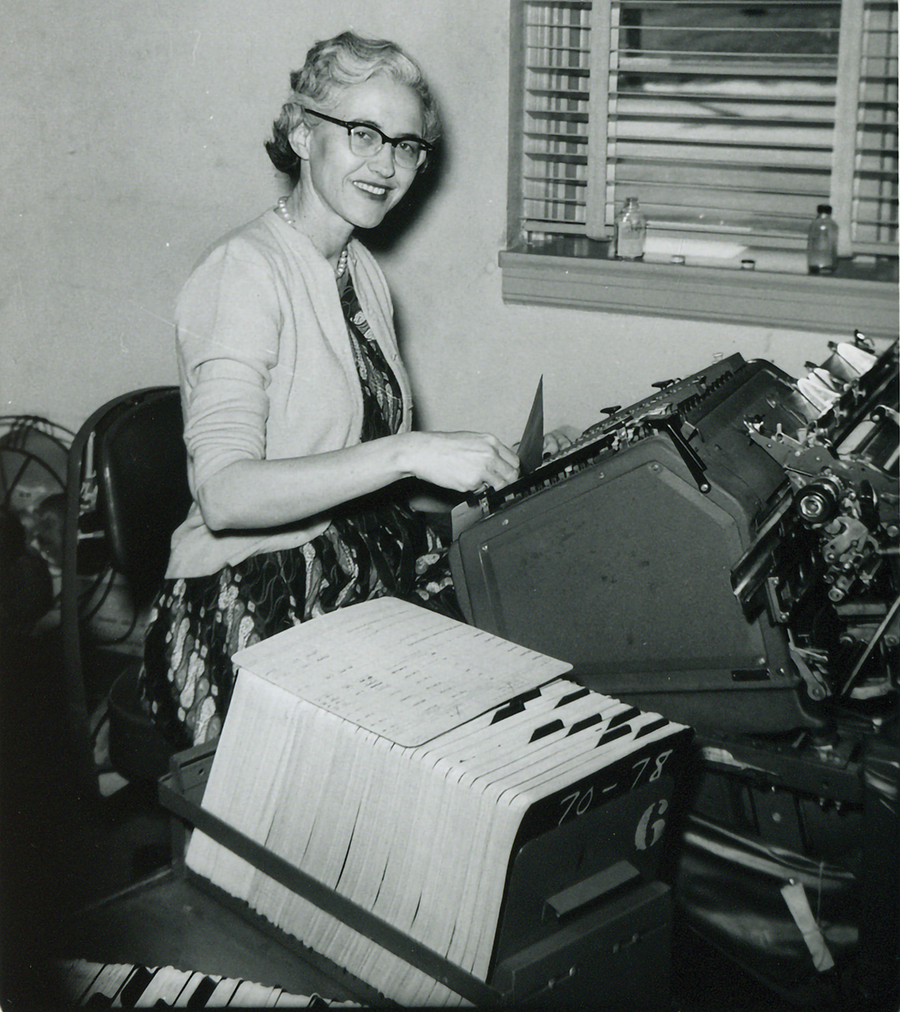

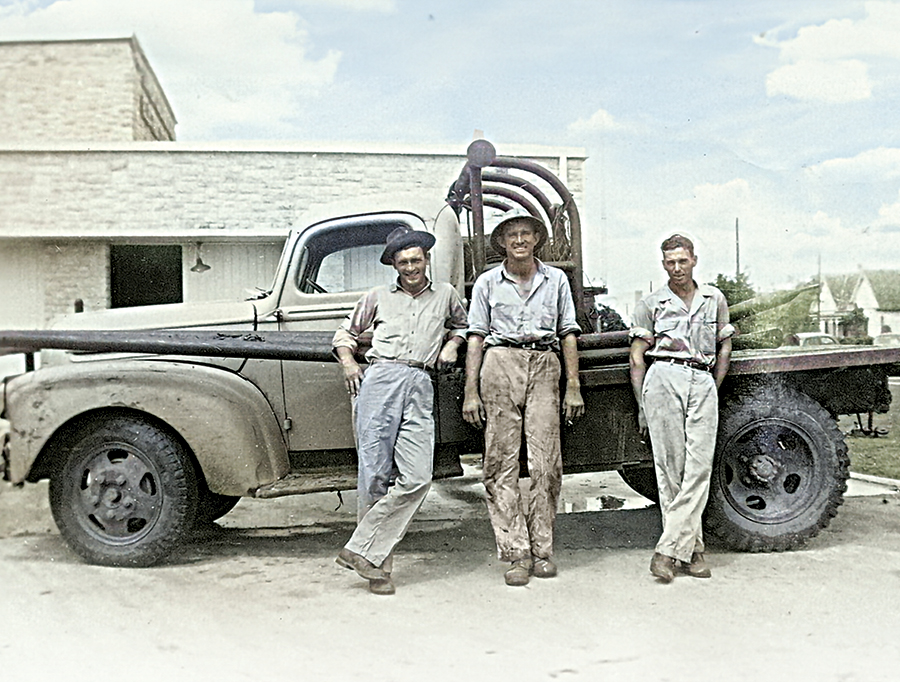
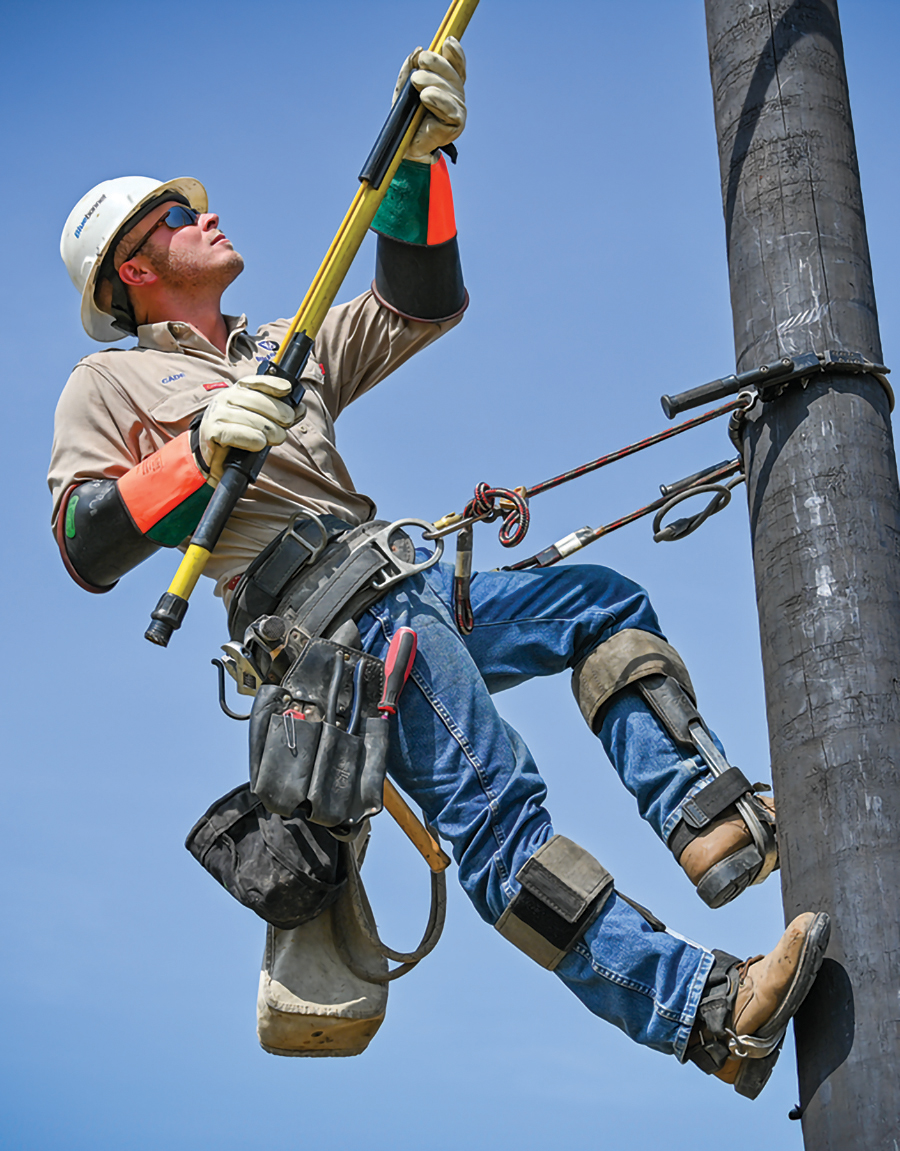
Two graduates began their co-op careers as interns; four additional staff members receive advanced technical training certifications
By Sidni Carruthers
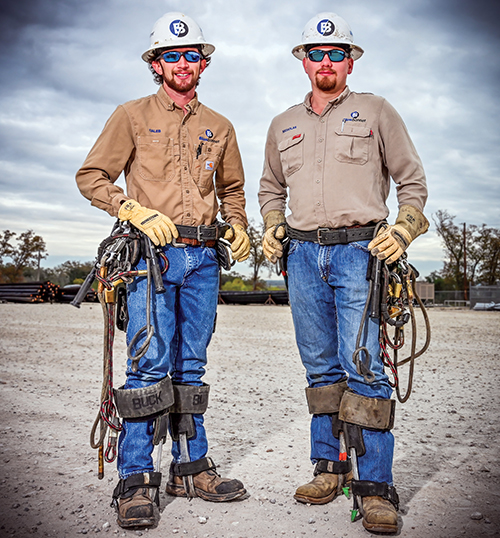
Fifteen apprentice lineworker graduates at Bluebonnet Electric Cooperative are ready to join dozens of other journeyman lineworkers who keep electricity flowing to co-op members across its 3,800-square-mile service area.
Of the 15, two began as lineworker interns at Bluebonnet in 2019, completing a six-month training program before beginning years of apprentice training.
Another four Bluebonnet employees recently completed specialized training programs: one in advanced electric meter work, one in substation operations and two in control center operations.
Each program has different study, testing, training and work requirements. The lineworker apprentice program at Bluebonnet requires 8,000 hours of on-the-job learning, which includes 672 hours of technical instruction — typically a four-year commitment. The recent apprentice graduates have obtained U.S. Department of Labor certification as lineworkers.
“I grew up in the Brenham area with Bluebonnet folks all around. When the apprenticeship opened up and I had an opportunity to work here, I took the chance,” said Brenham-based journeyman Ryan Quinton, one of the 15 graduates. “There is always something to learn out here, but I have a good crew that makes sure we are safe and can serve Bluebonnet’s members.”
He added that the best parts of his job are being able to work outside and do something meaningful.
Many of the apprentice graduates brought knowledge and skills from previous training and other jobs.
“Before coming to work at Bluebonnet, I worked as a heavy-machine operator,” said Matt Mole, now a Bluebonnet journeyman working in Maxwell. “That time taught me the importance of safety, paying attention to what is happening around you and the importance of teamwork. The best part about working at Bluebonnet is the camaraderie that I feel with everyone.”
Including this year’s group, 139 Bluebonnet lineworker apprentices have graduated from the program since it began in 2004.
During their hundreds of hours of classroom instruction and thousands of hours of on-the-job training, apprentices focus on learning how to build overhead and underground power lines, restore power, repair and replace equipment and connect meters.
Garrett Gutierrez, field superintendent in Bastrop, is proud of the program and the quality of service it allows Bluebonnet to provide.
“Most of the guys who go through our program are from around the Bluebonnet service area and are Bluebonnet members, too,” Gutierrez said. “They take pride in their work, and that shows when they are working. It is great to see them be able to work in their communities.”
The most recent Bluebonnet apprentice graduates, in addition to Quinton and Mole, are Nick Baker, Joseph Carrillo, Caleb Clay, James Holder, Casey Jacobs, Matt Jones, Stephen LeFrance, Parker Redwine, Bubba Townsend, Garett Urban, Rhett Vellier, Bryan Woods and John Zamora. Clay and Baker, both from Bastrop, began their Bluebonnet careers as lineworker interns in 2019.
The intern program, which started in 2018, provides six months of technical instruction in line work. To advance into the apprentice program, participants must also obtain a power-pole climbing certification and a commercial driver’s license.
“I was interested in the internship program because I knew Bluebonnet was a great place to work, and there is always a need for lineworkers,” said Baker, who began the program after graduating from Bastrop High School. “Plus I already knew a few guys that were in the apprenticeship program. Having started as an intern and seeing what all it took to be a lineman at Bluebonnet really solidified that this is what I wanted to do.”
The internship program aims to hire candidates who live in the Bluebonnet region.
“We concentrate a lot on safety with these young guys,” said Nick Barta, Bluebonnet safety and training supervisor. “Throughout the cooperative we focus on safety, but it is essential that when the interns start, they understand the importance of safety and how to think about it in all of their work.”

Janca and John Russell.
Four Bluebonnet employees also received certifications for specialized work.
Anthony Garcia, a power quality and metering technician, received training in troubleshooting meter problems and formulas for reading meters. John Russell, a substation technician, completed an apprenticeship to learn skills required to maintain and repair substation equipment. Two control center operators, Bryn Janca and Hunter Adamek, completed a 10-month program and proficiency exam to receive control center operator certifications.
Learn more about Bluebonnet’s intern and apprenticeship programs at the cooperative, at bluebonnet.coop/careers.
Soak up the town’s history, shopping and dining
By Camille Wheeler
From its lone stoplight where U.S. 290 meets FM 1155, Chappell Hill opens like a history book. The two-lane road serves as both Main Street and a stretch of the Texas Independence Trail reaching into the Washington County countryside. On this general path, Stephen F. Austin established his first colony in 1821. A small community with an estimated population of 1,000, Chappell Hill has numerous homes and businesses with national and state historic designations. The unincorporated town traces its beginnings to a time when riverboats on the Brazos River carried cotton to market. In 1838, Tennessee native Robert Wooding Chappell arrived in the area, building a cotton plantation on an original piece of Austin’s colony. Chappell’s granddaughter, Mary Hargrove Haller, bought 100 acres there in 1847, and two years later began selling lots to Chappell Hill’s first residents. Today, the community welcomes thousands of visitors annually for its Bluebonnet and Scarecrow festivals, and Independence Day Parade. With its backdrop of rolling hills and the alluring historic Main Street area, Chappell Hill is a popular weekend getaway. After soaking up the town’s history, shopping and dining, head 20 miles northeast on FM 1155 to the birthplace of the Republic of Texas in Washington.
WHAT TO DO
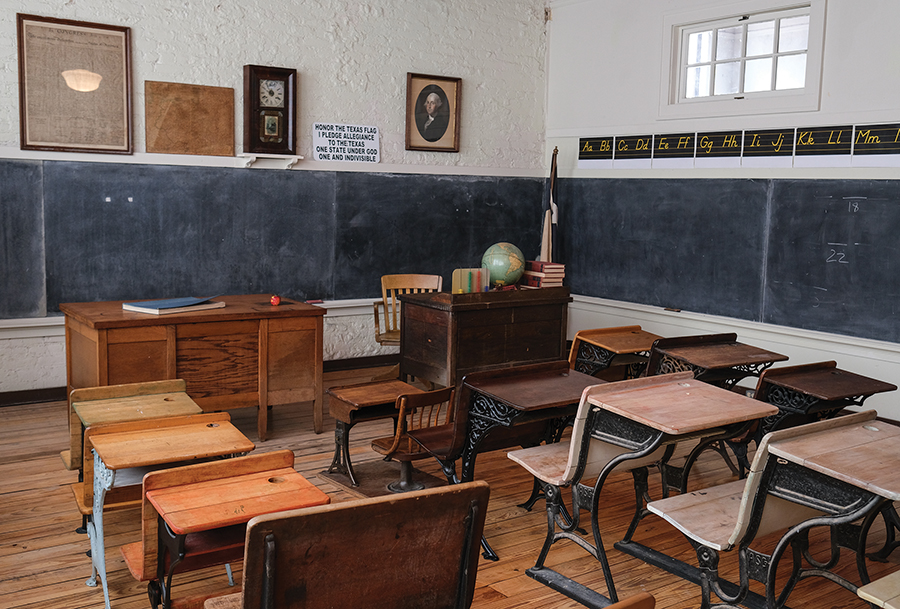
Visit the Chappell Hill Historical Society Museum, 9220 Poplar St., from 10 a.m.-4 p.m. Wednesday-Saturday. Built in 1927 as the Chappell Hill Public School, the building is home to the nation’s largest collection of paintings by renowned Black folk artist Johnnie Swearingen. Call 979-836-6033 to take a society-sponsored tour of the Main Street Historic District — where some restored structures date to the mid-to-late 1800s. Other stops on the tour include historical society-preserved sites Providence Baptist Church, built in 1873; the Circulating Library, with its original book collection dating to the 1850s; and the Rock Store, originally a general store built in 1869 from locally quarried sandstone and hand-hewn timbers. Wall tapestries there depict the town’s history. Another historic stop is Chappell Hill Bank, 5060 Main St., circa 1897; the original teller stations and vault are still in use; 8:30 a.m.-3:30 p.m. Monday-Thursday, 8:30 a.m.-5:30 p.m. Friday, 8:30 a.m.-noon Saturday.
Some renovations are underway at the 293-acre Washington-on-the-Brazos State Historic Site, where 59 delegates signed the Texas Declaration of Independence in 1836. The Star of the Republic Museum and the Visitor Center are scheduled to reopen in 2025, but visitors can stroll the rest of the complex to see how settlers of that era lived. 23400 Park Road 12, Washington. Get more information at www.thc.texas.gov/historic-sites (scroll to the bottom of the page and click on Washington-on-the-Brazos.)
Chappell Hill Lavender Farm, 8 miles north of town, offers events, classes and a gift shop; check chappellhilllavender.com for information, blooming season updates, plant availability and days/hours of operation; 2250 Dillard Road, Brenham; 979-251-8114.
GRAB A BITE
Dining options ranked in Tripadvisor’s top restaurants are:
Bevers Kitchen & Gifts, 5162 Main St., popular for its chicken-fried steak and rich assortment of pies; 10 a.m.-2 p.m. Tuesday-Thursday, 10 a.m.-4 p.m. Friday-Saturday, 10 a.m.-3 p.m. Sunday.
Chappell Hill Bakery & Deli, 8900 U.S. 290 E., has its own butcher shop and serves up barbecue and pastries; 6 a.m.-8 p.m. Sunday-Thursday, 6 a.m.-9 p.m. Friday-Saturday.
Chappell Hill Sausage Company, 4255 Sausage Lane, makes its own smokehouse meats; restaurant open 8 a.m.-4 p.m. Monday-Friday, 8 a.m.-3 p.m. Saturday; retail shop open 8 a.m.-5 p.m. Monday-Friday, 8 a.m.-4 p.m. Saturday.
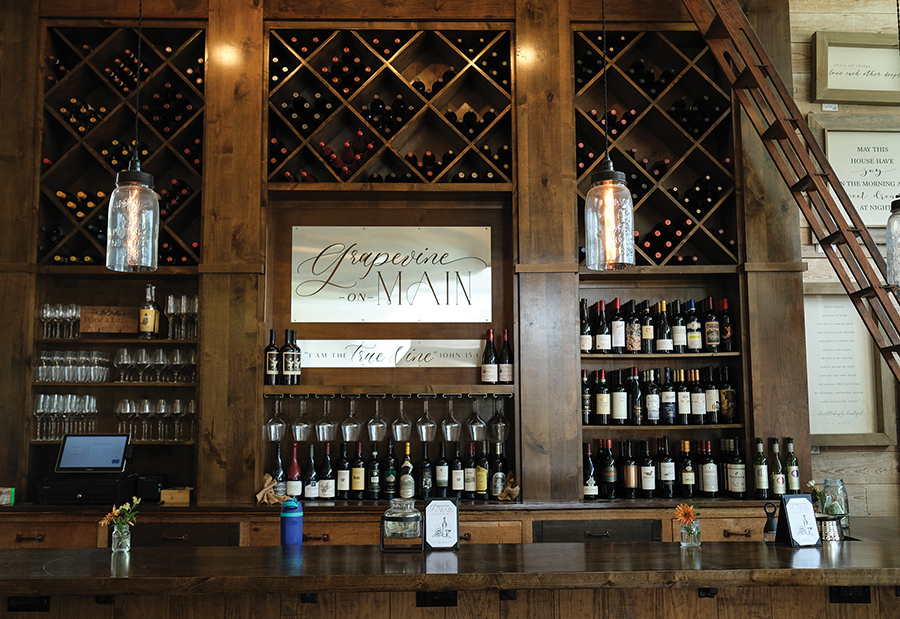
While in town, you can sample the 59 Delegates wine, plus other handcrafted selections, at Texas Star Winery, 10587 Old Chappell Hill Road, 11 a.m.-6 p.m. Friday-Saturday, noon-5 p.m. Sunday. Also get a glass at the Grapevine on Main wine bistro, 5120 Main St., open daily, live music Friday and Saturday evenings; call 979-777-3112 for lunch and dinner hours.
STOP AND SHOP
The Brazos Star, 5101 Main St. Handmade items galore, vintage kitchenware and homemade pickles — ask owner Mary Louise Young about her professional bowling career, too, 10 a.m.-4:30 p.m. Saturday-Sunday.
Bluebonnet House & Garden Center, 5095 Main St. Native and tropical plants, collectibles, locally made gifts and more, 10 a.m.-4 p.m. Wednesday-Sunday.

Chupacabra Leather Co., 5088 Main St. Gun holsters, knife scabbards and belts are made in the shop, 1-5 p.m. Tuesday-Friday, 9 a.m.-5 p.m. Saturday, 1-4 p.m. Sunday.
Cotton Pickin's Boutique & Market, 5145 Main St. Women’s linen clothing, home decor, 11 a.m.-5 p.m. Wednesday-Saturday, noon-4 p.m. Sunday.
Other shops worth a stop: Kippers Kountry Store, 5084 Main St., noon-4 p.m. Thursday and Sunday, noon-5 p.m. Friday, 10 a.m.-5 p.m. Saturday, and DLS Interiors, 5075 Main St., 10 a.m.-4 p.m. Wednesday-Saturday.
A TIP FROM LOCALS
Relax with friends at Carol’s Ice House, 5090 Main St., where owner Carol Salah is always behind the bar; noon-10 p.m. Wednesday-Saturday, noon-5 p.m. Sunday.
This is part of an ongoing series featuring communities in the Bluebonnet region.

